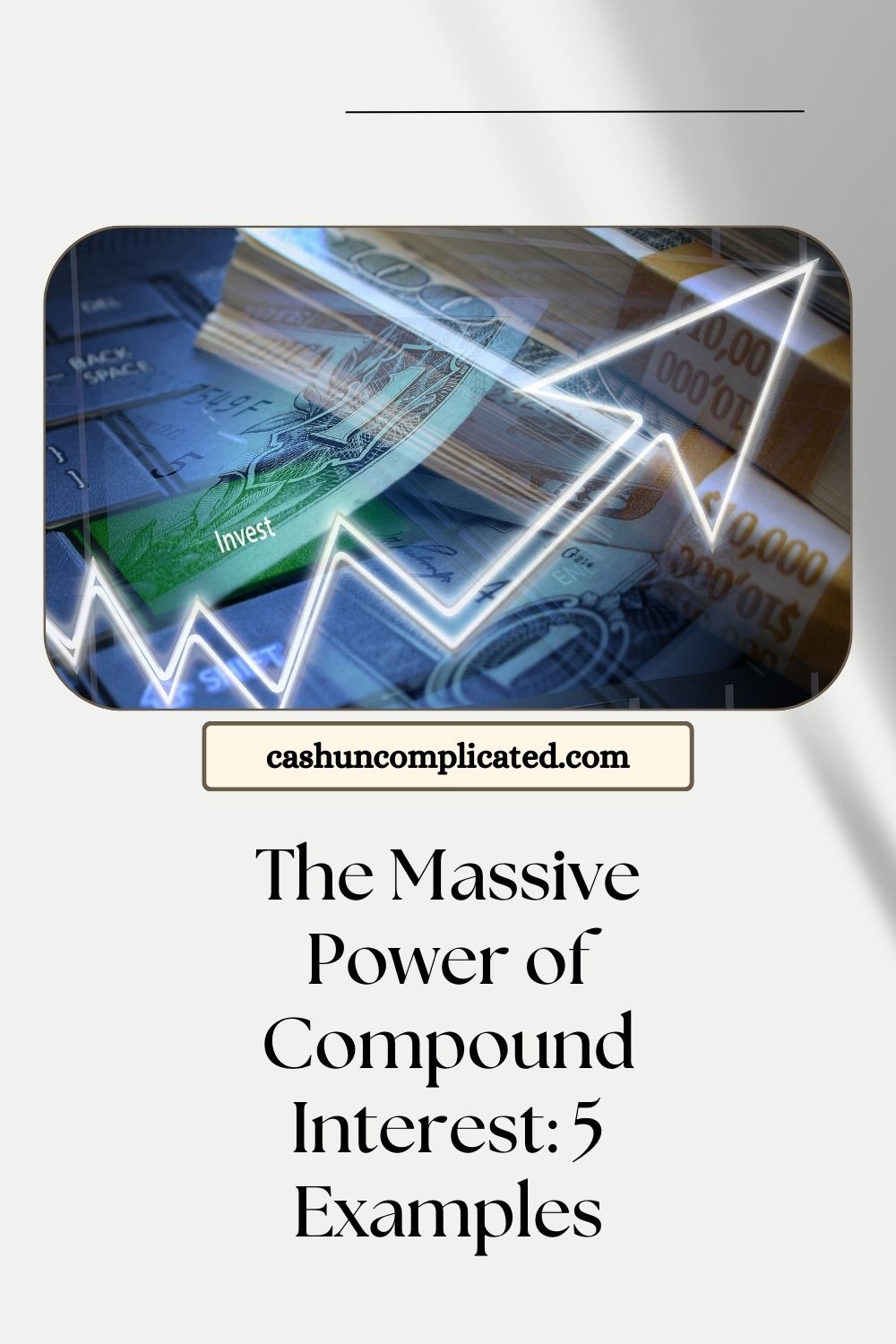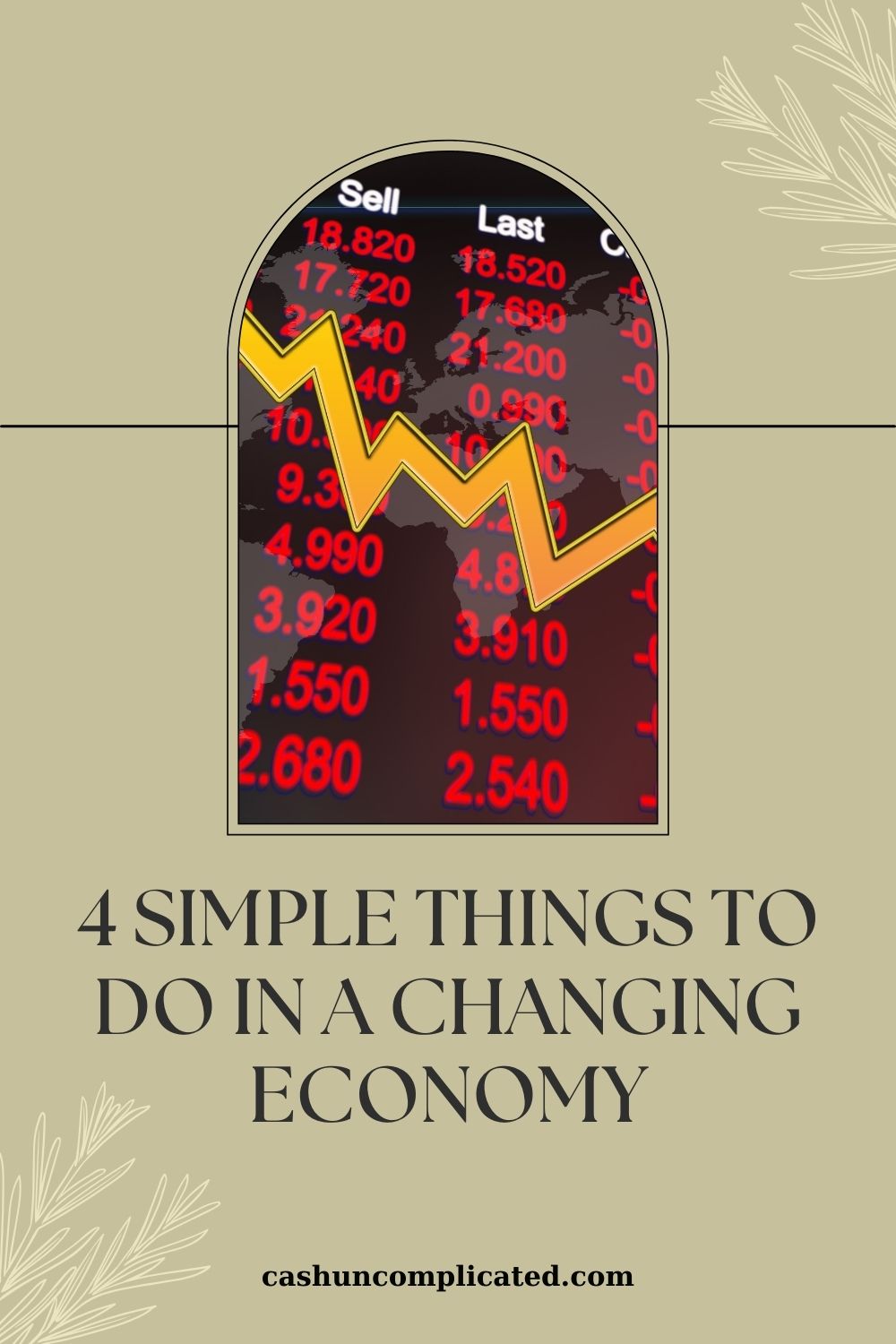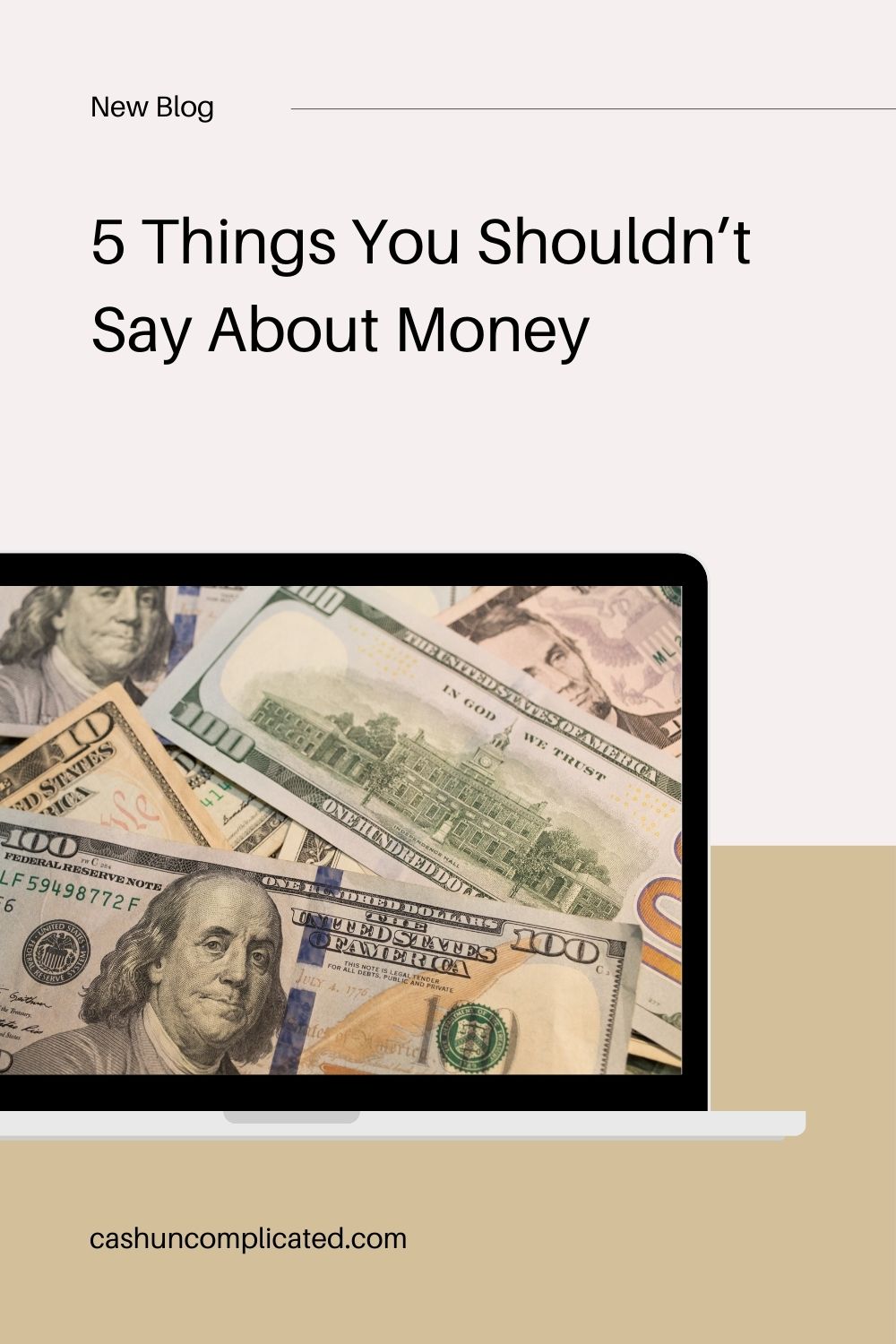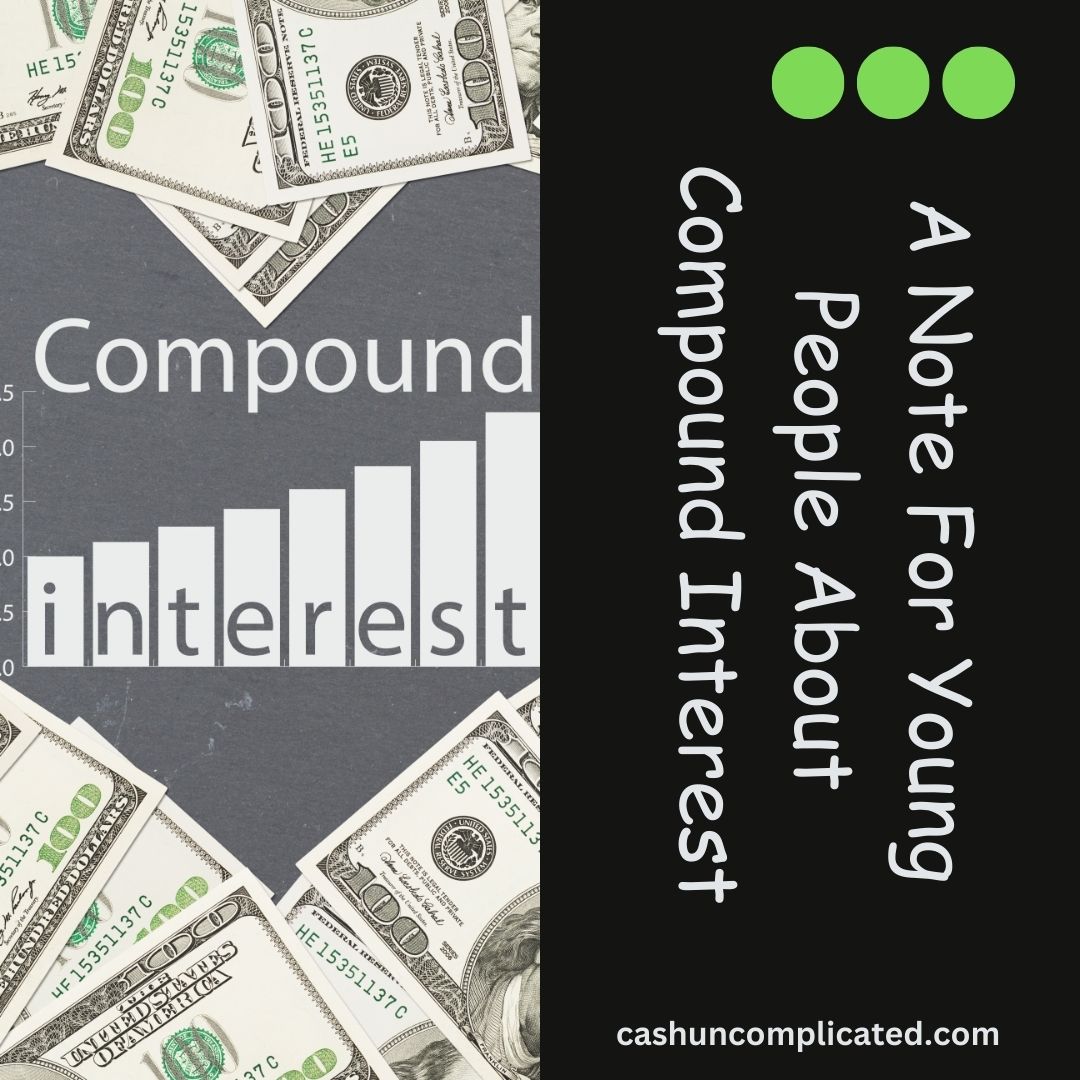The power of compound interest is undeniable. Compounding starts off slow, followed by more slow progress, and then BAM! It’s off and running and your personal finances will never be the same again.
My Previous Understanding and Why I’m Writing This Post
I have to admit I didn’t really understand the power of compound interest until I reached 35 or so. As a result, I let too many years go by not investing and allowing compound interest to work its magic. Fortunately, once I understood it, I really understood it and have done well.
But I let a lot of years go by.
Which brings me to the reason for writing this post. I want people to understand the power of compound interest faster than I did so more people can take advantage of its almost magical powers.
The Faster and Earlier You Start the Better
The faster and earlier you start investing, the more powerful compound interest becomes. It’s my hope that someone in their late teens or early twenties reads this post and is able to capture the full power of compound interest from an early age.
The Massive Power of Compound Interest: 5 Examples
A lot of my writing is on mindset and the way we think, feel, and act around money. I want this post to really show with numbers just how powerful compound interest is.
For consistency, all of the examples below are going to use a 10 percent rate of return with an original investment amount of zero. Meaning everyone in these examples started with zero money and built their fortune by consistently investing every month.
No inheritances, windfalls, trust funds, or lottery winners. Just good old fashioned investing.
Number 1: Earl The Early Starter
Earl started investing at age 20. He contributed $150 per month to his investments for the next 45 years. He never increased or decreased this amount. When Earl turned 65, he had $1,423,432.
Age 65 is right around the average retirement age in the United States so Earl didn’t have to work less or more than the average American.
Analysis: More than likely Earl would have contributed much more as he earned more in his career. Following most people’s career and investing trajectory, he probably would have north of two million by 65.
Number 2: Earlier Than Most Evelyn
Evelyn got out of college with minimal student debt and moved into a four bedroom house with some friends. For her first couple years after college she felt like she was just getting by, but by age 25 she decided to get serious about investing.
She had always saved a little and avoided consumer debt but she never really understood the power of compounding until talking with a couple of her co-workers. On her 25th birthday she opened up an investment account where she was determined to contribute $200 per month until she retired.
That’s exactly what she did. True to her word, from 25 until 65, Evelyn contributed $200 every month. When she turned 65, she had $1,168,444.
Over a million dollars at retirement age by only investing $200 per month.
The decision to start investing in her mid-twenties made her a millionaire by traditional retirement age.
Analysis: Most people don’t begin investing this early in life. So Evelyn is “Earlier Than Most.” Not as early as the first example, but starting to invest at 25 is very impressive. She gained 40 years of compounding with that decision and put herself in a great position later in life.
Like the first example, I believe that Evelyn would have started to invest more and more money as her career took off. So she probably would also have north of two million dollars. Either way, she’s in a phenomenal position.
Number 3: Mid-Range Maryann
Much like myself, Maryann started investing later in life. She missed the window of her twenties but read some personal finance books and was determined to get herself on track. By the time she was 35, Maryann started investing $500 per month until she turned 65.
By 65, Maryann had $1,085,661. By investing from age 35-65, she had 30 years for compound interest to work its magic. All in all, her contributions were $180,000 but compound interest did the heavy lifting. Earning her over $800,000 over the course of 30 years.
Analysis: Maryann didn’t start as early as the first two examples, but she was consistent and contributed more to catch up. She likely would have been able to contribute more than $500 per month towards the end of her career, pushing her investments even higher.
Number 4: Late But Not Too Late Larry
Larry always heard he should invest but kept putting it off. When he turned 45 he decided enough was enough and was going to start investing as much as he could. Larry started with zero dollars invested so he faced an uphill climb.
He decided there was no use feeling bad about himself for all the years of compounding he lost and decided to just do the best he could under the current circumstances. Larry began investing $1,500 per month and continued to do so until he reached 65. He never missed a month and made sure to pay himself first to keep himself on track.
By the time Larry reached his 65th birthday, he had invested $1,134,045. Not bad to be a millionaire for someone who started so late Larry proudly thought to himself.
Analysis: Larry started late but found a way to make it work. Rather than make excuses and/or giving up, he decided to invest as much as he could. He was never able to contribute more than $1,500 per month but was consistent in the amount he did invest.
Of course if he had started earlier he would have a much higher net worth but he did the best he could for his circumstances.
Number 5: Late Lyle
Lyle is starting the investing game very late. He’s always been the kind of guy to pay his bills, but nothing more, nothing less. He thought as long as he was getting by with his job and making rent, he was good.
When Lyle turned 55, he became more interested in retirement and becoming financially independent. He quickly realized he was nowhere close and would have some serious catching up to do. After being down about this for a couple days, Lyle decided to take action.
He took on a side job for a few hours per week and found a way to start investing $2,000 per month. He calculated that if he did this until he was 70 he would have $838,794. Not quite a million dollars but he thought that was pretty good for starting out so late.
Part of Lyle’s plan was to also keep the part time job for a few years after retirement to supplement his income. Not a perfect plan he thought, but one that he could execute with success.
Analysis: Starting late hurt Lyle but he is finding a way to make it work. He’s having to invest more and work longer than the other examples, but he’s got a plan.
Conclusion: The Lesson
The lesson with all these examples is to start as early as possible. The earlier you start investing, the more time for compound interest to work its magic.
There is massive power in compound interest and the way to unleash that power is with time. The more time in the market, the better.
Hope is not lost though if you or someone you know is a late starter. There are ways to recover–primarily through investing more and/or reaching financial independence at a later age.








